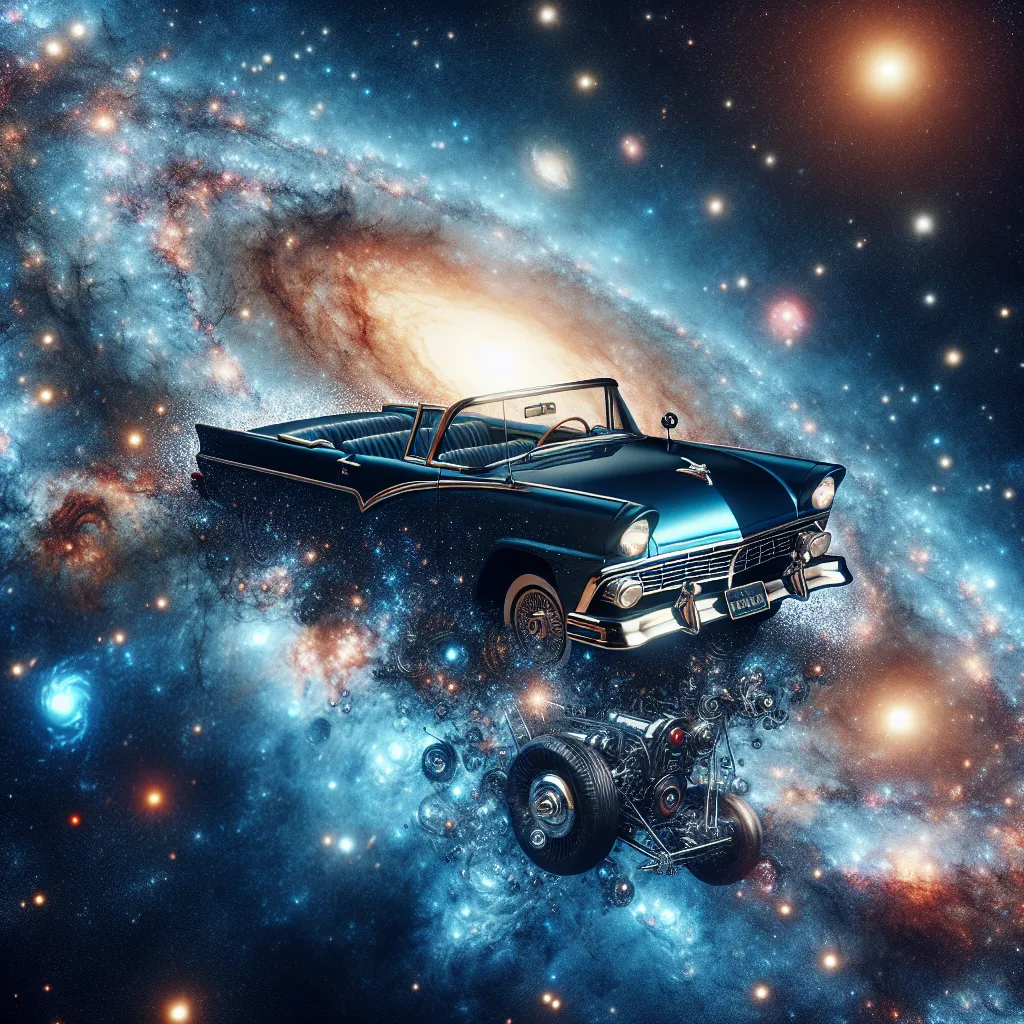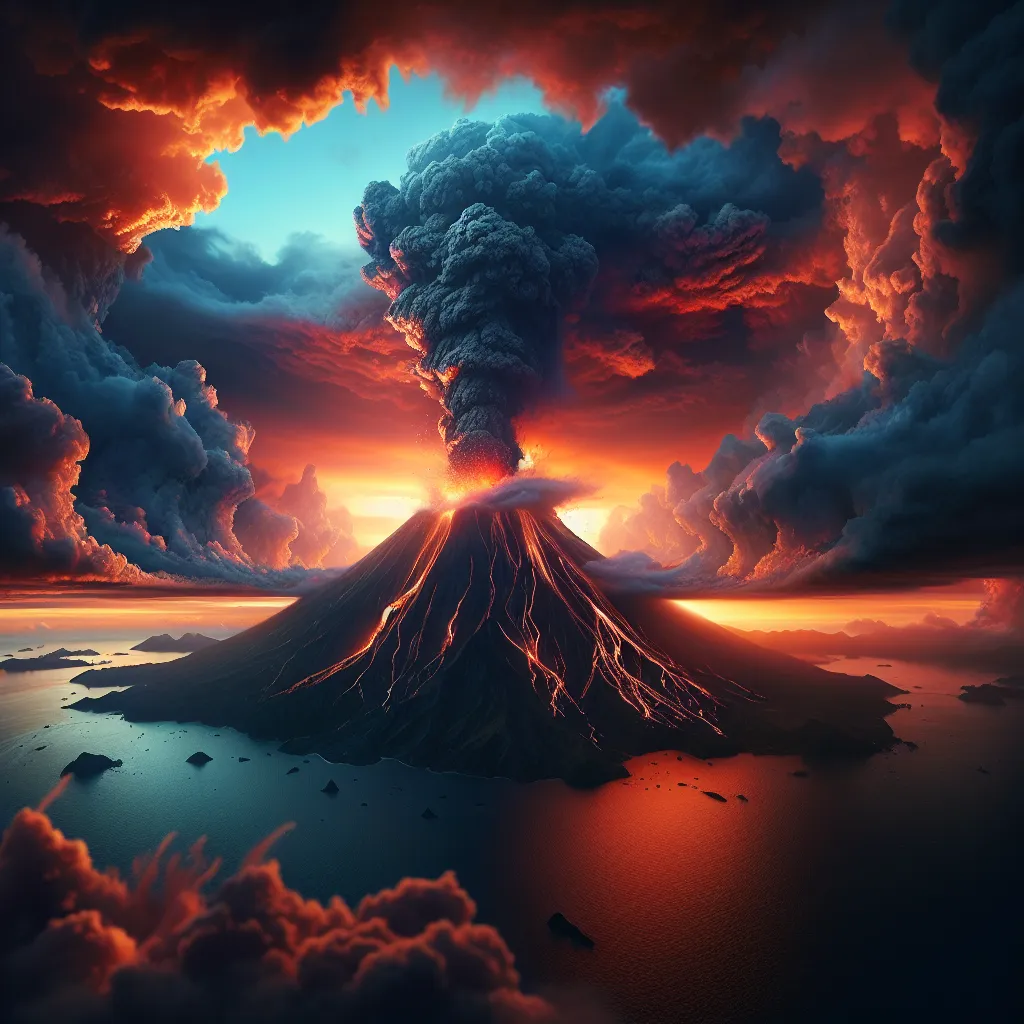There’s something mesmerizing about gazing up at the night sky. The sheer vastness makes us ponder our origins and the creation of everything around us. Our universe, brimming with galaxies, stars, and celestial wonders, wasn’t always like this. Over 13 billion years ago, it was compact enough to fit in your hand. From this primordial speck, stars, galaxies, and life’s building blocks – like the calcium in our bones and iron in our blood – eventually formed.
Imagine looking up and seeing a majestic vintage car, like a 1956 Ford Fairlane convertible. Delving deeper, each part of this car, from its steel frame to rubber tires, is composed of elements forged in the universe’s tumultuous past. We’re truly cosmic beings, born from stardust and the remnants of the Big Bang.
To uncover how everything came to be, we must embark on a journey through space and time to the universe’s inception. Picture yourself at the beginning when there was nothing. No time, no space, only an infinitely hot fireball. As this fireball expanded, it cooled, creating the stars and galaxies we see today.
In the 1920s, astronomer Edwin Hubble discovered that galaxies are moving away from us, hinting at an expanding universe. If it’s expanding, it must have started from a singular, tiny point – introducing the Big Bang theory.
Some time after the Big Bang, matter began to form. Yet, the balance between matter and antimatter created a dramatic cosmic battle. Thankfully, a tiny imbalance favored matter, allowing the formation of stars, galaxies, and life as we know it.
Observations in the 1960s by scientists Arno Penzias and Robert Wilson revealed a mysterious cosmic noise. What they detected was the echo of the Big Bang, a hum from the universe’s infancy. This discovery showcased that early light was initially trapped, creating a fog. As the universe expanded and cooled, atoms formed, lifting the fog and allowing light to travel freely.
Fast forward to millions of years after the Big Bang, hydrogen and helium atoms began to fuse inside young stars, creating new elements. These nuclear reactions gradually built the periodic table. Stars acted like element factories, producing elements through nuclear fusion until they reached iron, which wouldn’t fuse further. Stellar explosions, or supernovas, then provided the extreme conditions needed to create even heavier elements, spreading them across the universe.
Our very own sun and planets formed from this cosmic debris. Over time, life began on Earth, evolving from simple cells to complex organisms, including humans.
Yet, all things have an end. Many theories ponder the universe’s future. The most remarkable one is the expansion theory, suggesting that our universe is accelerating its expansion. This implies that, billions of years from now, space will stretch so far apart that galaxies will drift away, leaving a cold, dark, and lifeless expanse.
While contemplating our cosmic origins may feel humbling, it also connects us to the universe in the most profound way. The atoms in our bodies are ancient, linked to the very origins of time and space. So, the next time you sip water or breathe, remember: you’re interacting with the universe’s ancient relics, a testament to the incredible journey from the Big Bang to now.






